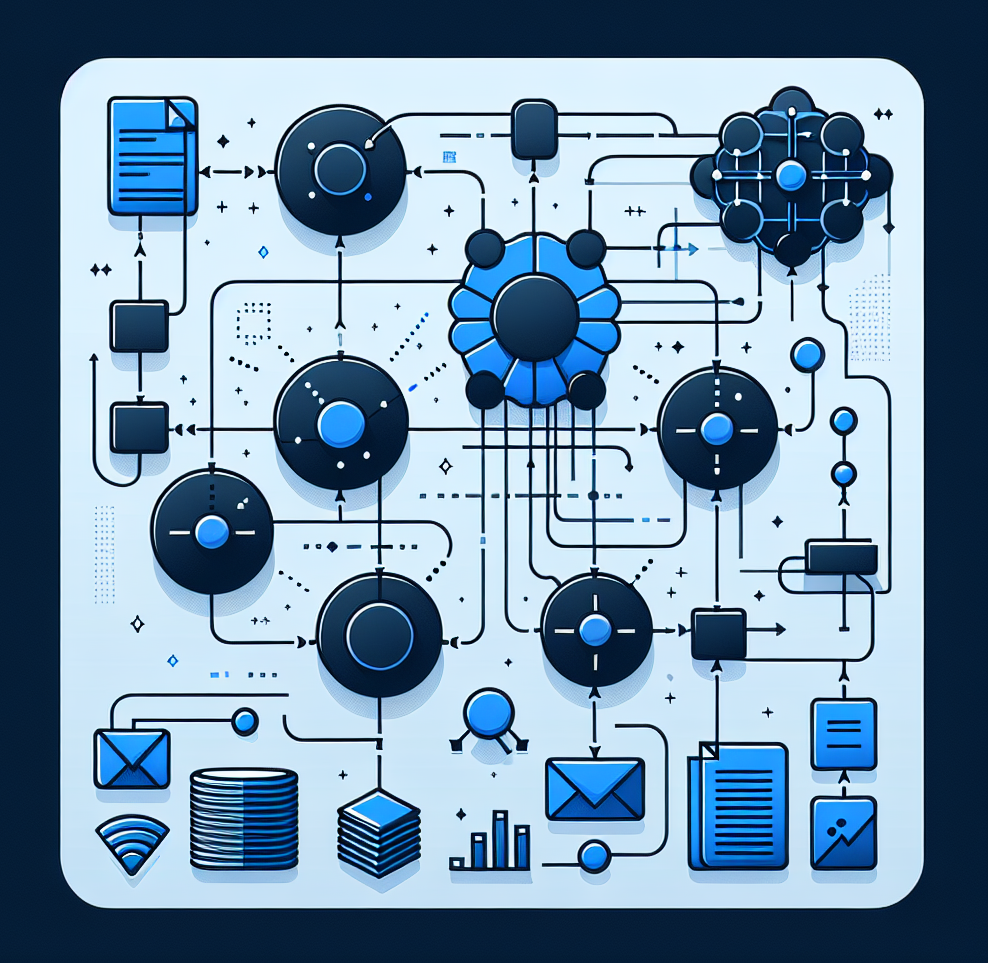Understanding RAG and Its Importance
Retrieval-augmented generation (RAG) enhances large language models by connecting them with real-time and specialized data. While the concept seems straightforward, proper implementation requires careful attention to evaluation and testing.
Creating a Robust Testing Framework
A successful RAG implementation starts with a comprehensive testing framework. Here are the key components:
- Develop high-quality test datasets covering diverse use cases
- Create golden reference datasets for output evaluation
- Implement systematic variable testing
- Choose appropriate evaluation metrics
Evaluation Tools and Metrics
Modern RAG evaluation leverages powerful frameworks:
- Ragas: An open-source tool measuring factual accuracy and relevance
- Vertex AI Gen AI: Supports custom metrics and comprehensive evaluation
Root Cause Analysis
Effective RAG optimization requires systematic testing of:
- Optimal number of document neighbors
- Embedding model selection
- Chunking strategies and sizes
- Document metadata enrichment
Human Evaluation Component
While automated metrics are valuable, human evaluation provides crucial insights into:
- Response tone and clarity
- User experience and satisfaction
- Real-world applicability
Successful RAG implementation requires a balance of automated testing and human evaluation, ensuring both technical accuracy and practical usability.
Click here to learn more about RAG optimization on Google Cloud’s official blog

